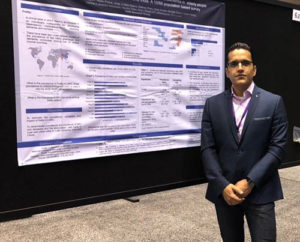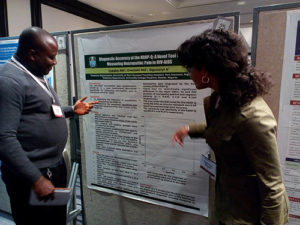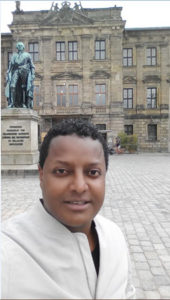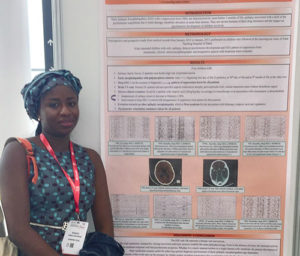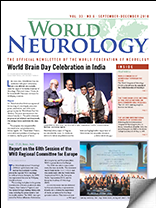By Richard Stark
The Tournament of the Minds has been a feature of the World Congress of Neurology (WCN) since the meeting in London in 2001. The aim of the tournament has always been to amuse as well as to educate. Over the years, contestants have faced questions that tested not only their knowledge of neurology but also of the history and regional variations of our discipline.
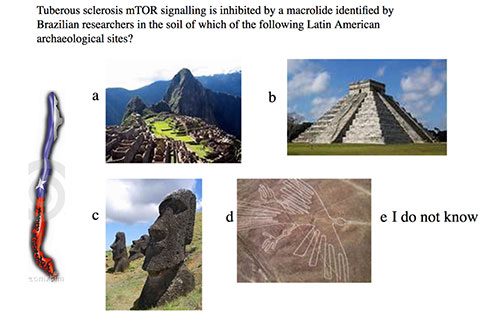
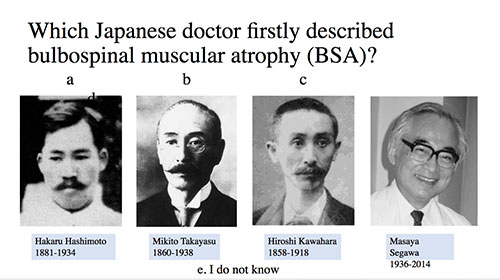
The task of putting the questions together has always been a huge one, with major input from the host society. An experienced committee reviews the questions and tries to format them in such a way that the disadvantage of having English as a second language is minimized. This means relying as far as possible on visual clues and structuring questions so that reading speed is not vital.
The success of the tournament has always relied on the willingness of the contestants to play their role: No one should underestimate the courage and generosity required to appear on a stage and engage in a battle of wits with international colleagues.
To give a feeling of some of the questions asked, pictured here are questions from 2015 (Santiago) and 2017 (Kyoto).
The level of engagement in the tournament has fluctuated. In Sydney in 2005, there were no fewer than 16 teams entered. More recently, teams tend to have been put together at the last moment so that even some large countries have not fielded a team. Despite this, the standard of the questions and the performance of the stronger teams has remained excellent.
The Scientific Program Committee for WCN2019 in Dubai has confirmed its strong commitment to the tournament and has agreed to promote it with the intention of broadening its appeal. The key to achieving this will be for countries to nominate their teams well in advance. This will enable proper planning and will encourage those supporting each team to participate as audience members.
The format for the tournament will be the same as in recent conferences. There will be an initial knock-out session for all competing teams of 20 multiple choice questions. Audience members will have voting pads so that after each question, the answer is revealed, and we see how well the audience has performed! The top eight teams from this session will proceed to the semi-finals. In each semi-final, four teams answer 20 questions in a “first to the buzzer” format. The top two teams from each semi-final progress to the grand final, which again consists of 20 “first to the buzzer” questions.
Each team consists of up to four members for each session. Substitutes are permitted if a team member is unavailable for a particular session.
To encourage countries to nominate teams for the tournament in 2019, the Scientific Program Committee has made a generous offer:
If any country’s society nominates a team of up to four members one month before the WCN2019, each of those four members will be entitled to a refund of their registration fees once they have completed all rounds of the tournament for which they qualify.
Furthermore, the four members of the winning team will be offered free registration for WCN 2021 in Rome.
We leave the policy of selecting teams to each member society. Many will choose to select bright young neurologists who might not, without the refund, be able to attend the conference. Others with a competitive spirit may simply choose what they perceive to be their strongest team. However, we encourage all member societies to put a team together, giving team members a great chance to engage in this educational and entertaining activity.
Answers to the questions are:
C: Easter Island or Rapa Nui. The macrolide was named rapamycin after Rapa Nui where it was discovered. TOR is an acronym for “target of rapamycin.”
C: Hiroshi Kawahara. He described the condition in 1897, 71 years before Kennedy in 1968. •
